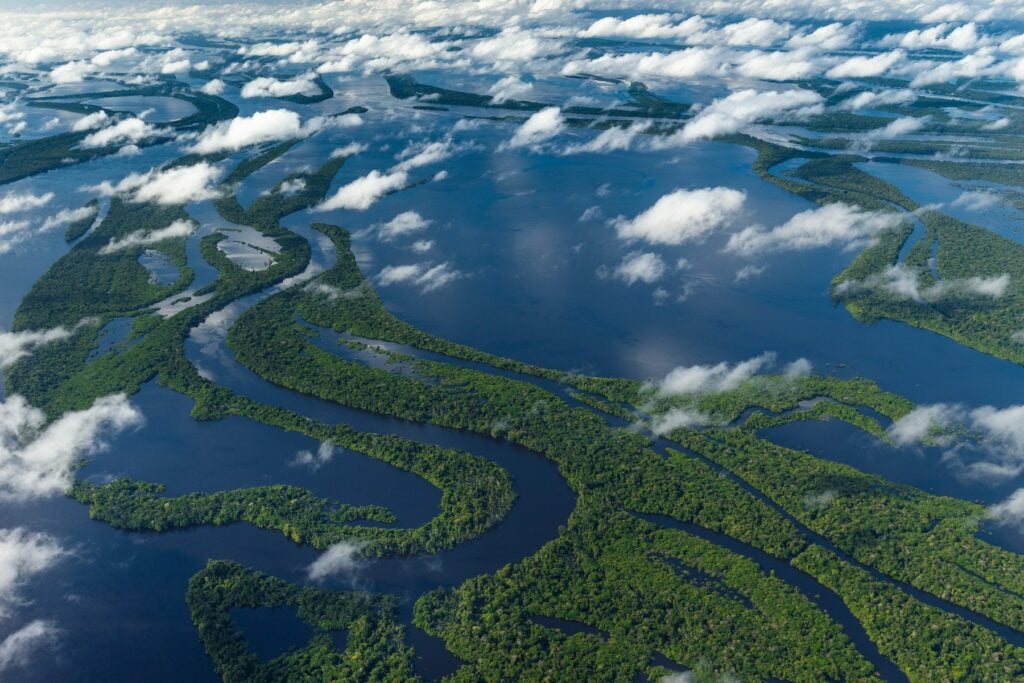The Amazon River in South America is the world’s longest river. According to a new survey conducted by the Brazilian government, it is staying ahead of the Nile. The Amazon boasts a massive jungle basin, stunning waterfalls, and the world’s largest river dolphins, yet it may be more notable for what it lacks: a single bridge. But why are there no bridges?
The actual reason for the scarcity of bridges is that the Amazon Basin has few roads to connect to. The river itself acts as the main highway for those who need to travel within the area.
The Lack of Bridges in the Amazon
From its origins in the Andes to its vast delta on the Atlantic, the Amazon flows for more than 4,300 miles. The 25 million people who reside on or near its banks in Brazil, Peru, and Colombia, in large cities and remote tribal settlements, all have the exact requirement: they must board a boat or a ferry to get to the other side. The Amazon is not crossroads. It divides the whole continent almost in half.
In the dry season, the Amazon isn’t even close to being too broad to cross over most of its length. However, the river swells thirty feet during the rainy season, and crossings that were previously three miles wide might quickly become thirty miles wide. The river is frequently clogged with garbage, including floating plant islands called matupás that may be up to 10 square acres. The fragile soil that makes up the river bank is continually eroding. It’s the greatest nightmare of a civil engineer. (Source: The Condé Nast Traveler)
There is No Need for Roads
The Amazon Basin has extremely few roadways connecting it, which is the actual cause of the shortage of bridges. Outside of a few major cities, the deep jungle is scarcely inhabited, and the river serves as the primary route for travelers across the area. Macapá, a city of 500,000 inhabitants located on the northern bank of the Amazon basin, is the only place in Brazil without a single road connecting it to the rest of the country. The only way to drive a rental automobile from there is in a northerly direction, toward French Guiana. (Source: The Condé Nast Traveler)
Was There an Attempt to Build a Bridge?
Years ago, the ferry service between Iranduba, a sister city in Brazil, and Manaus, Brazil, was sluggish and congested. Additionally, each person had to pay up to $30 to cross. So, to connect the two cities, Brazil constructed a two-mile-long cable-stayed bridge in 2010. Technically, this bridge spans the Rio Negro, the Amazon’s most significant tributary, rather than the river’s main course.
However, the people were happy because it was the first bridge in the river system. However, the new roadway and bridge developments in Manaus are not popular with environmentalists. In the past, the construction of roads in the Amazon was the precursor to action and deforestation. (Source: The Condé Nast Traveler)
